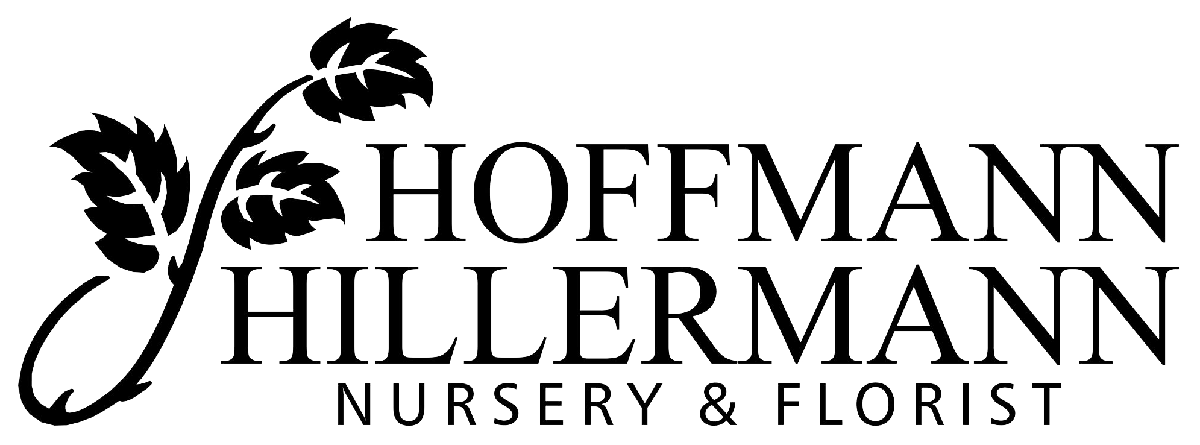Turtlehead (Chelone obliqua) plants are native wildflowers that adapt beautifully to garden conditions. This cute variety of Turtlehead is more compact growing 12-18” wide and 12-16” tall. Tiny Tortuga forms an upright, bushy mound of thick, dark green foliage. Plants produce upright stems of large dark pink-rose hooded flowers that bloom late summer into fall. Showy and long lived.
As a native wildflower, Turtlehead will do well planted near or around water features in your garden. Nice in rain gardens, bogs and pond side. Because of its small size, Tiny Tortuga is a great option for containers and borders. Also good for mass plantings and cut flowers. It performs best in evenly moist conditions with fertile loamy soil with abundant organic matter. Turtlehead looks great when planted in its native woodland setting. And, if it’s happy there, it will slowly naturalize to form an exquisite groundcover. Hardy in USDA zones 3 to 8.
Tiny Tortuga is easy to grow. Plant in full sun to part sun. It likes a rich, slightly acidic soil. The crown of the plant should rest just at or above the soil surface after watering in. Keep the soil continually moist with a garden hose or sprinkler while the plants set root and throughout their growing and blooming season. If your plants start to get floppy, prune or pinch back the stems of established plants in mid-spring. Since turtlehead blooms late in the season, there is no reason to deadhead spent flowers. You can leave the flowers to dry, and then collect the seeds if you like. The plant will self-seed in moist soils. Propagate by division, cuttings or seed. Mulch each fall with shredded leaves to maintain a moisture-retaining humus. Turtlehead is rarely bothered by insects or disease. However, it can develop a powdery mildew due to moisture fluctuations. Keeping the plants evenly moist should alleviate this problem.
Turtlehead Tiny Tortuga attracts butterflies and hummingbirds and is bee friendly. It is also deer and rabbit resistant. The varied colors of Chelone combine well with other late-season bloomers, like sedum, Joe Pye weed, and anemone. Additionally, since it likes moist soil, it naturally partners well with ferns.




